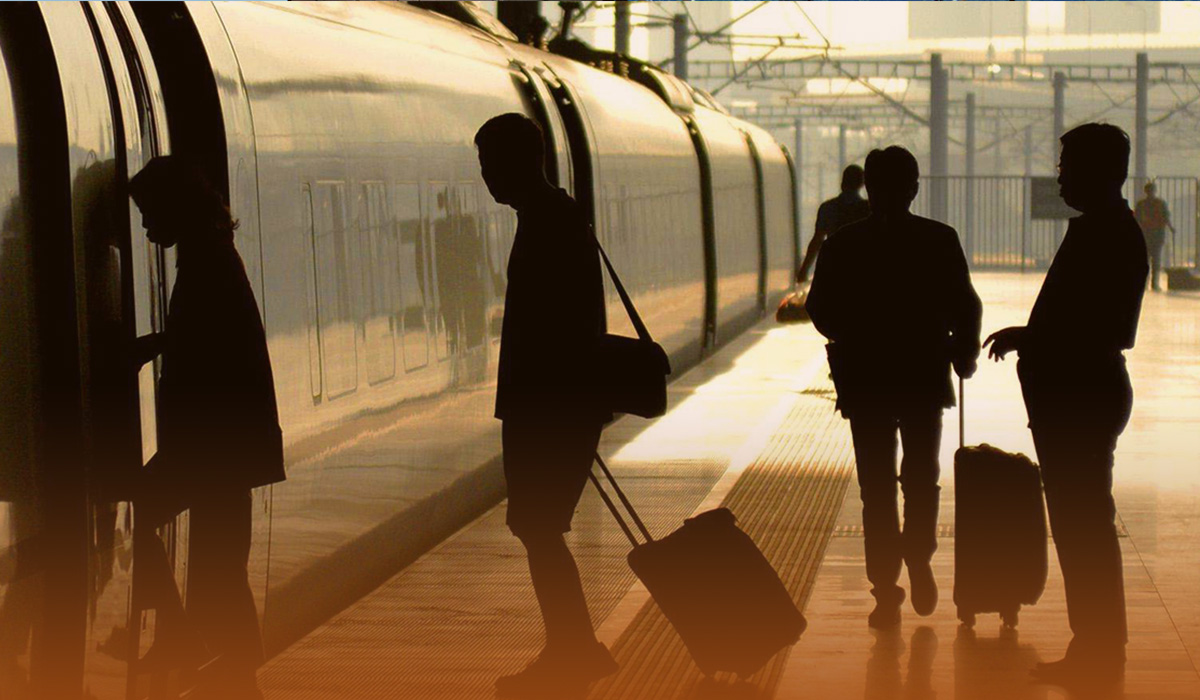Here is good news for tourists. Travelers, for the first time, in Tibet can get fun and enjoy the region’s beautiful mountainous scenes at high speed.
The rail line has made a link between Lhasa (Tibetan Capital) and the city of Nyingchi via a 435 km long track that has entered into the facility on June 25, offering all thirty-one provincial-level areas of mainland China access to bullet train travel.
Making a long and fast railroad in the region designed the roof of the word that was not a piece of cake. Moreover, a few ninety percent of the railroads, which consumed 6 years to build, stand above than three thousand meters above sea level.
The track features 121 bridges and 47 tunnels
The rail track from Lhasa to Nyingchi contains 121 bridges and 47 tunnels that almost covered seventy-five percent of the whole path. Furthermore, the track even holds a 525 meters long Zangmu Railway Bridge, which is titled as the highest and largest arch bridge.
Around 36.6 billion yuan which is equal to 5.6 billion dollars was spent to make the rail track, which is fixed by the Fuxing series of bullet trains operated and made by China State Railway Group.
While traveling at very high altitudes, these trains have featured an automated oxygen supply system, which helps to maintain oxygen levels at a constant rate of 23.6 percent, which is a little higher than twenty-one percent in usual atmospheres.

Source: Web
Besides this, the windows of the high-speed train are manufacture by a special glass layer to resist high UV levels of the region.
The high-speed Fuxing trains are installed on the 9 stations, and Lhasa to Nyingchi rail track is supported by both electric and internal combustion engines. It is because the dual-power train permits them to get a smooth grip on the 2.5 hours journey on both kinds of rail tracks: electrified and non-electrified.
The trains operated at a high speed of 160 km/h (kilometer per hour), which is much slower than the high speed of other Chinese bullet trains that operate at 350 kilometers per hour.
The novel track (Lhasa-Nyingchi) has reduced the traveling hours from forty-eight hours to just thirteen hours. The track is a part of the Sichuan-Tibet Railway (a 1,740 km rail track that will ultimately connect with Chengdu).





